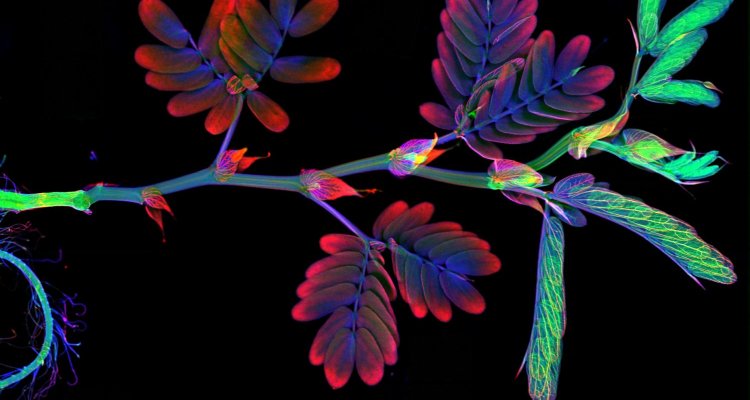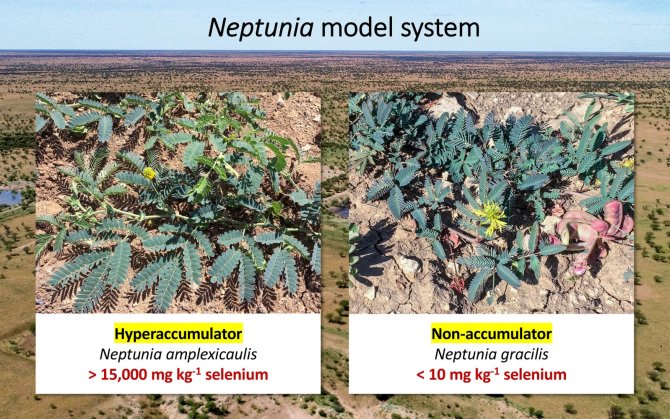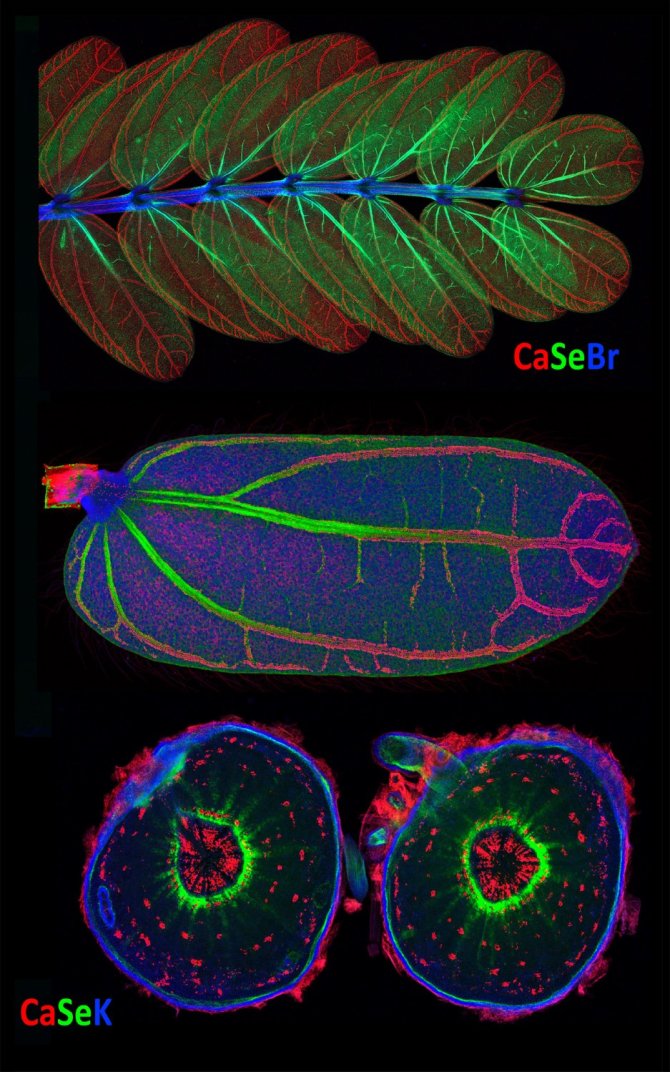
Project
Secrets of selenium hyperaccumulator plants
Few plant species are capable of accumulating exceptionally high concentrations of selenium, but the mechanistic basis of this fascinating natural phenomenon is largely unknown. The aim of this research is to resolve and comprehend, the ecology, physiology, and molecular biology of selenium hyperaccumulation, as a recent adaptation of plants to a highly selective environment. This information may be used in the future to improve the selenium status in crops to ultimately address selenium deficiency in humans.
Background
Selenium is one of the most biologically interesting elements, as it can be both essential and toxic for most organisms, with a very narrow window between deficiency and toxicity compared to other micronutrients. Although most plants are highly sensitive to selenium toxicity, there are rare plant species, selenium hyperaccumulators, that accumulate exceptionally high tissue concentrations of selenium, thousands of times greater than normal plants, without any toxicity effects. Selenium hyperaccumulation likely evolved through adaptations of the basic nutrient regulation mechanisms shared by all higher plants, and it is posited to be driven by inducing selenium toxicity to non-vertebrate herbivores.
Investigating the nature of selenium hyperaccumulation involves knowledge on physiology, ecology, genetics, and evolution to obtain sufficient insights into the underlying fundamental mechanisms of Se hyperaccumulation. While investigating hyperaccumulation is interesting on its own, as an intriguing natural phenomenon, this research is also important to understand the evolution of plant adaptation to extreme conditions in general. Selenium hyperaccumulation is one of few examples of rapid evolution of environmental adaptation to conditions that are not widespread around the globe, unlike the gradual adaptation to high temperatures or low annual rainfall. The Australian native legume Neptunia amplexicaulis is one of the strongest selenium hyperaccumulators known globally and it provides a perfect natural laboratory for disentangling the evolution and mechanisms of selenium hyperaccumulation.
The overall aim of this research is to decipher the physiological mechanisms of exceptional selenium uptake and tolerance in N. amplexicaulis, including the underlying molecular biology and genetics, and to establish the evolutionary drivers and ecological consequences of selenium accumulation.
Project description
The element selenium has a biochemical duality akin to Jekyll and Hyde: while essential or beneficial at low concentrations, it is toxic at higher concentrations. Most soils are of low selenium status, but toxic, high-selenium soils also occur naturally. Selection at these seleniferous sites has led to the evolution of selenium-adapted ecosystems in which selenium hyperaccumulator plants occur. These rare plants are capable of accumulating exceptionally high tissue concentrations of selenium without suffering toxicity. The evolutionary drivers and mechanistic basis of this fascinating natural phenomenon are largely unknown. The biological role of selenium is complex and unresolved, as inorganic, and organic forms exist which can be transformed into each other biochemically, a property which is exploited by selenium hyperaccumulator plants.
The Australian legume Neptunia amplexicaulis is one of the strongest selenium hyperaccumulators known globally. In combination with the sympatric non-accumulating N. gracilis, it makes the ideal model system for research into selenium biology in plants. This is a potential game-changer, enabling the first comparative rapid high-throughput experimentation model.
Project aim
The aim of this project is to develop a mechanistic understanding of selenium hyperaccumulation through resolving the ecology, physiology, and molecular biology of the selenium metabolism in N. amplexicaulis. Only the integration of these disciplines is anticipated to bring about the step changes required to understand the fundamental mechanisms of selenium hyperaccumulation, and the ecological context that led to the evolution of this trait. These insights are relevant to understanding and predicting plant adaptation to extreme selective pressures imposed by new environmental conditions. Although not a direct target of the research, the knowledge generated in this project may in the future also be applied to improve the uptake of selenium in economically important crops, through selenium biofortification, to ultimately address selenium deficiency in humans and domestic animals.
Publication
- Katherine Pinto Irish, Maggie‑Anne Harvey, Hugh H. Harris, Mark G. M. Aarts, Cheong Xin Chan, Peter D. Erskine, Antony van der Ent (2023) Micro‑analytical and molecular approaches for understanding the distribution, biochemistry, and molecular biology of selenium in (hyperaccumulator) plants. Planta (2023) 257:2 https://doi.org/10.1007/s00425-022-04017-8

